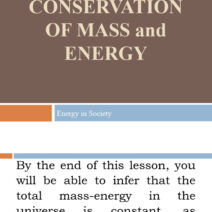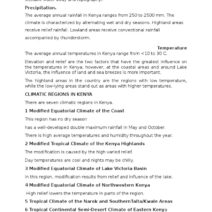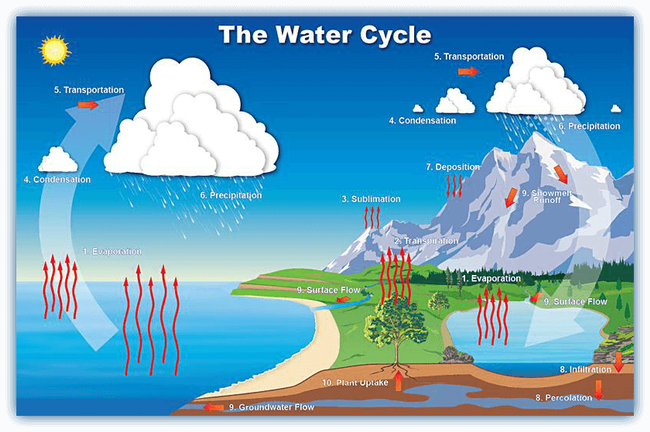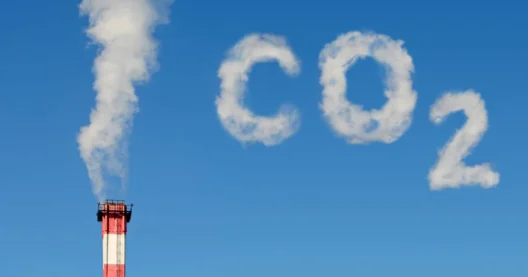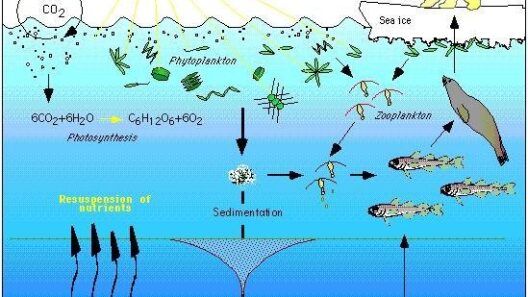As climate change continues to take center stage in global discussions, an intriguing conundrum manifests: how does an increasingly erratic climate disrupt the fundamental processes of our planet’s water cycle? The juxtaposition of droughts and floods offers a striking example. Between parched landscapes and deluges, a remarkable transformation of weather patterns emerges, wreaking havoc on ecosystems, agriculture, and human livelihoods. A playful question might be posed: as our climate becomes more tumultuous, can we protect our precious water resources while navigating the multifaceted challenges of an unpredictable future?
The water cycle, known scientifically as the hydrological cycle, is a seamless system that involves the continuous movement of water within the Earth and atmosphere. Its stages include evaporation, condensation, precipitation, infiltration, and runoff. However, as human-induced climate change intensifies, the equilibrium of this cycle is increasingly disrupted, with profound implications for both natural ecosystems and socio-economic frameworks.
To understand the intricacies of this disturbance, examining the phenomenon of drought provides critical insight. Droughts, characterized by prolonged periods of insufficient precipitation, can lead to severe water shortages. Rising global temperatures exacerbate these conditions, as they increase evaporation rates from both land and water bodies. With less moisture available in the atmosphere and on the ground, plants struggle to survive, leading to diminished agricultural yields. Furthermore, dwindling water supplies challenge urban water management systems, often resulting in stringent water usage regulations. The arid landscapes serve as stark reminders of the imperative for sustainable water management practices.
Yet, just as droughts paint a picture of scarcity, the narrative does not end there. Ironically, climate change also heightens the probability of increased rainfall intensity, leading to flooding. Meteorological shifts, particularly the rising temperatures of the atmosphere, facilitate the absorption of more water vapor, subsequently leading to more extreme precipitation events. Regions that once enjoyed seasonal rains now face torrential downpours, overwhelming river systems and urban drainage infrastructures. This hydrological paradox magnifies erosion, water contamination, and infrastructure damage, compounding the vulnerabilities inherent to both urban and natural environments.
The interconnectedness of these weather systems illustrates the broader implications of climate change. Ecosystems that rely on predictable patterns of rainfall and drought are now finding their ecological rhythms disrupted. For example, many native plant and animal species have evolved over millennia to thrive in specific climatic conditions. With the increased unpredictability of weather, these species face existential threats as their habitats oscillate between extremes. Altered growing seasons for crops can mean food scarcity, leading to economic instability in the agricultural sector.
Moreover, the cycle of droughts and floods raises questions about water quality and public health. Waterborne diseases may flourish in stagnant pools post-flooding, presenting new challenges for communities already grappling with water scarcity. Contaminated water supplies, exacerbated by increased runoff carrying pollutants from urban areas during heavy rains, can jeopardize public health and safety. Such challenges necessitate innovative strategies to address vulnerabilities associated with both drought and flood conditions.
As local governments grapple with these issues, a crucial element emerges on the horizon: the importance of policies that enhance water management and climate resilience. Investment in infrastructure that can withstand increased precipitation and improved water conservation initiatives during dry spells can help mitigate the effects of these climate-induced extremes. Integrated water resource management practices, which operate on a framework of collaboration among various stakeholders, can also facilitate adaptive responses to shifting water cycles.
However, these policies necessitate a commitment to sustainable practices that extend beyond mere adaptation; they must promote ecological restoration and resilience-building among both natural ecosystems and human communities. Restoration efforts that prioritize natural solutions—such as wetland restoration, afforestation, and soil health improvement—can serve dual purposes of enhancing biodiversity and stabilizing local water cycles.
Yet, a persistent challenge remains: how can societies foster collective responsibility towards water stewardship in an era marked by profound uncertainty? Education and community engagement are critical in fostering a consciousness about sustainable water practices. Individuals can be encouraged to conserve water, adopt drought-resistant landscaping, and actively participate in local water management initiatives. When communities unite in efforts to protect their water resources, resilience against climate-induced extremes can be significantly bolstered.
Ultimately, as this intricate tapestry of droughts and floods illustrates, climate change is not a distant challenge—it is a present reality that calls for urgent action. By understanding the delicate balance of the water cycle and recognizing our role within it, we can forge pathways toward sustainable futures. The challenge lies not only in mitigating the impacts of climate change but also in embracing innovative solutions that align with our environmental responsibilities.
In conclusion, the unpredictability of the changing climate serves as a clarion call to acknowledge the complexity of our water systems. The interplay of droughts and floods emphasizes the necessity for a holistic approach to water resource management. Through informed policies, community engagement, and ecological restoration, we can rise to the challenge of safeguarding our water resources and preserving the delicate balance of our planet’s systems.
